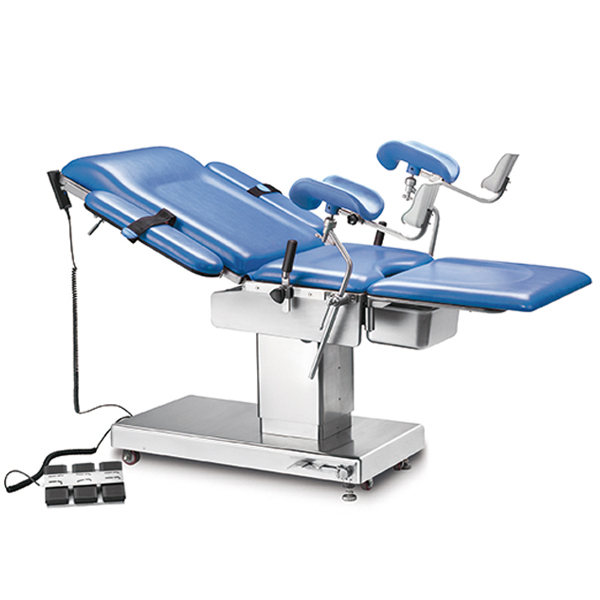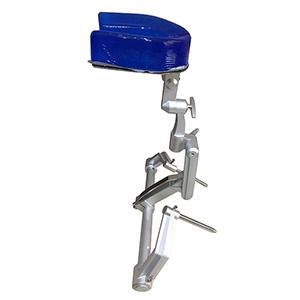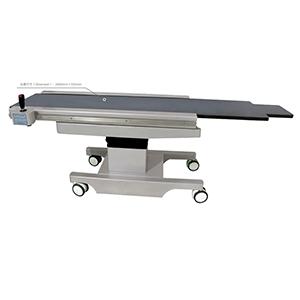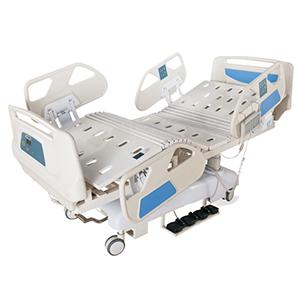Health education before cesarean section
Health education before cesarean section
According to relevant research and theoretical practice, preoperative health education can effectively relieve patients' anxiety and tension. We detail the pre-operative precautions for patients undergoing cesarean section to help patients with cesarean section overcome their fear of surgery and make adequate preparations in advance.
The day before the operation:
1, follow the doctor's advice to improve the inspections, drink and fast the day before surgery.
2, Bathe and change clothes the night before surgery to ensure adequate sleep, regulate your mood and relax yourself, keep warm, and prevent colds.
3, Remove all metal items such as jewelry, dentures, wigs, and frame glasses.
4, Make-up, nail polish, contact lenses, etc. are prohibited, trim nails in advance.
5, There will be a doctor talking with the mother and family before the operation, especially when filling in the placenta attribution, whether to use self-funded items such as pain pumps and so on.
On the day of surgery:
First, there will be someone responsible for pick-up and drop-off on the day of the operation.
Second, the operating room temperature is set at 22-24 ℃, the operating bed is narrow, be sure to tell the operating room nurse when moving over and move carefully.
Third, enter the operating room to regulate the mood, the operating room nurse will accompany the whole process, carefully check, and take good care of.
Fourth, the nurse in the operating room will make preparations before surgery: check whether the venous access is unobstructed, and leave the urinary catheter before the operation. Many mothers are afraid of urinary catheterization. This is a special note. It will feel uncomfortable but will not hurt. It's very short, so don't be afraid to be nervous. Be sure to cooperate with all operations.
Fifth, if you have any discomfort during the operation, you can tell the doctors and nurses accompanying you throughout the process.
Sixth. After the baby is born, we will have a medical history and a wristband to accurately record information such as gender, birth time, and weight. We will notify the pediatrician to check if there are any special circumstances.
Seventh. There will be a slight tremor after surgery, which is related to the loss of body temperature and the effects of drugs during the operation. Return to the ward to keep warm.
Eighth, escort the mother and baby back to the ward after the operation. Pay attention to the urinary tubes and other pipes after returning to the ward.
Caesarean section is not a "willful cesarean"! The clinical indications for a cesarean section are as follows: 1. abnormal fetal position 2. fetal distress 3. scarred uterus 4. "dangerous" placenta previa. When giving birth, pregnant mothers will generally face two choices. Or is it a C-section? Which delivery method is better?
It is not a question of good or bad, but a question of whether it is suitable or not. If the child can be delivered smoothly, it is the best choice for both the baby and the mother; but if there are medical indications and conditions that are not conducive to natural delivery, choose a cesarean section.
Regardless of the method of delivery, our delivery bed is required.









